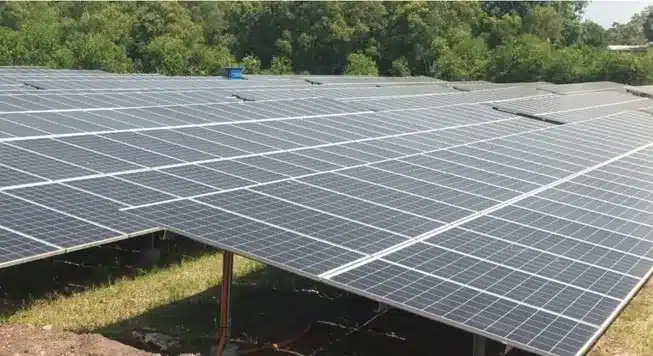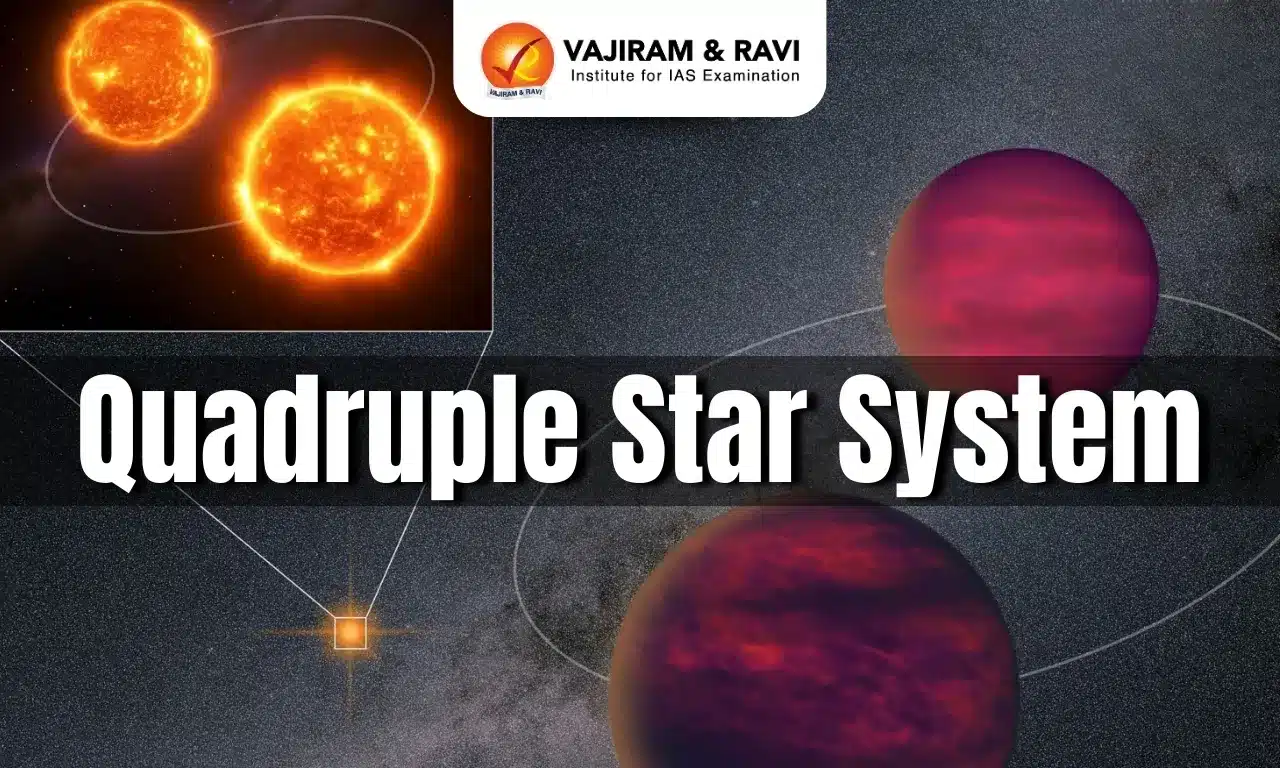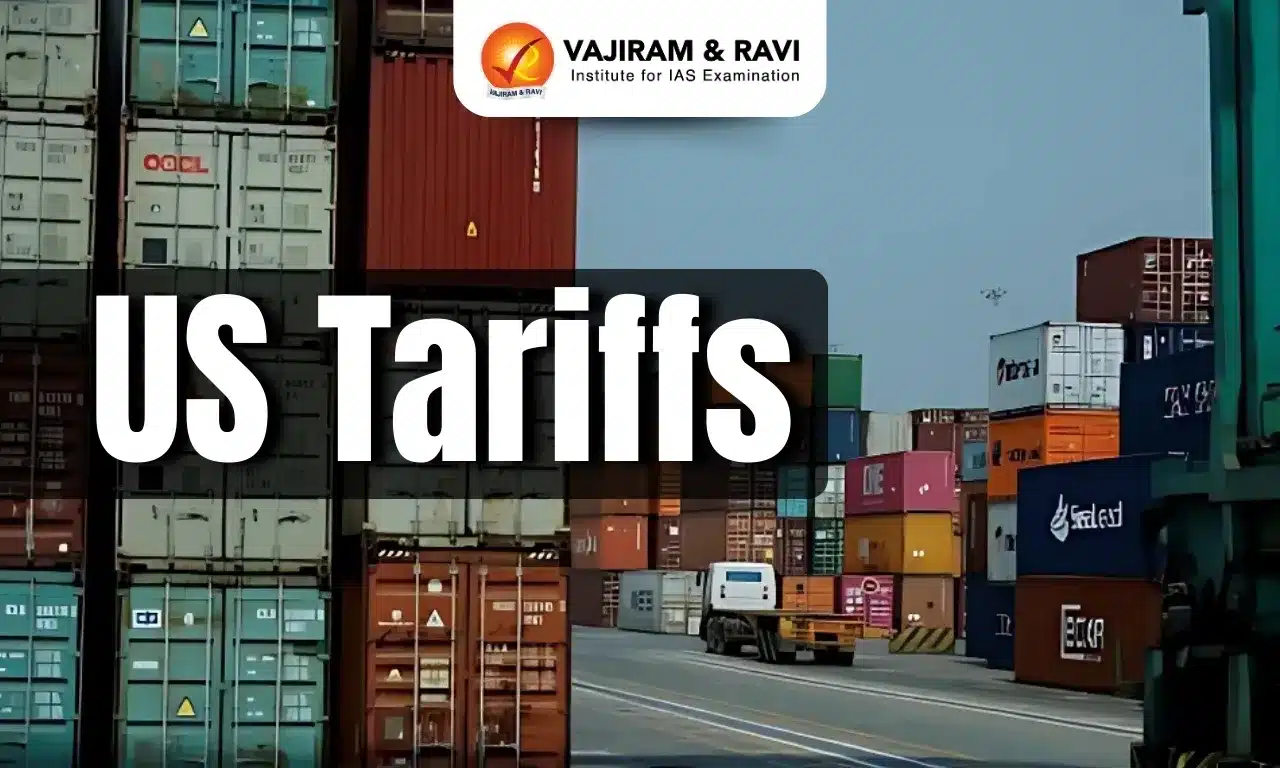What’s in today’s article?
- Why in news?
- India’s current solar capacity
- Need for an expansion of solar energy in India
- What is PM Surya Ghar Muft Bijli Yojana?
- News Summary: Centre tweaks Prime Minister’s Rooftop Solar free electricity scheme
Why in news?
- The Centre has tweaked the new ₹75,000-crore PM-Surya Ghar Muft Bijli Yojna (Prime Minister’s Rooftop Solar: Free Electricity Scheme).
- Originally, the plan aimed to fully pay for 1-3 KW solar system installations in one crore households by partnering with renewable energy service companies.
- Now, the scheme will cover only up to 60% of the installation costs.
- Households wanting to benefit from the scheme must pay the remaining amount and at least ₹20,000, depending on the installed system’s power capacity.
- They can get a low-interest, collateral-free loan to help cover the cost.
- To be eligible, houses must have a suitable roof and be connected to the grid. Consumers are still responsible for paying for all the power they use from the grid.
India’s current solar capacity
- Installed capacity
- According to the Ministry of New and Renewable Energy, solar power installed capacity in India has reached around 73.31 GW as of December 2023.
- Meanwhile, rooftop solar installed capacity is around 11.08 GW as of December 2023.
- India was to have installed 40 GW of rooftop-solar by 2022.
- Overall, solar power has a major share in the country’s current renewable energy capacity, which stands at around 180 GW.
- High performing states
- In terms of total solar capacity, Rajasthan is at the top with 18.7 GW. Gujarat is at the second position with 10.5 GW.
- When it comes to rooftop solar capacity, Gujarat tops the list with 2.8 GW, followed by Maharashtra by 1.7 GW.
Need for an expansion of solar energy in India
- According to the latest World Energy Outlook by the International Energy Agency (IEA), India is expected to witness the largest energy demand growth of any country or region in the world over the next 30 years.
- IEA is an intergovernmental organization that provides data, policy recommendations, and analysis on the global energy sector.
- To meet this demand, the country would need a reliable source of energy and it can’t be just coal plants.
- Although India has doubled down on its coal production in recent years, it also aims to reach 500 GW of renewable energy capacity by 2030.
PM Surya Ghar Muft Bijli Yojana
- About
- It is a scheme that aims to provide free electricity to households who opt to install rooftop solar electricity units.
- The households will be able to get 300 units of electricity free every month.
- The scheme focuses on the household segment with up to 3 kW system, which covers most of the residential consumers in India.
- Subsidies provided
- A subsidy of 60% of the cost for systems up to 2 kW capacity and 40% of cost for systems between 2-3 kW has been announced.
- The subsidy has been capped at 3 kW capacity, which means financial support will not be provided for capacity beyond 3 kW.
- At current benchmark prices, Rs 30,000 subsidy will be provided for 1 kW system, Rs 60,000 for 2 kW systems and Rs 78,000 for 3 kW systems or higher.
- Process of getting system installed
- Any resident with a roof suitable for installing solar panels can apply by first registering on the national rooftop solar portal.
- The consumer can choose a vendor from the list provided on the portal.
- The vendors are registered with the distribution companies, but in future there could be a national registry as well.
- A valid electricity connection is required for it and the household must not have availed any other subsidy for solar panels.
- Funding
- The government has announced a central financing of Rs 75,021 crore, which will mostly be given as a direct subsidy to the consumer.
- The scheme provides a component for payment security for renewable energy service company-based models as well as a fund for innovative projects.
- Public sector enterprises are expected to step in if the response is slow in certain areas or clusters despite the subsidy.
- State-run power companies are likely to invest in solar rooftop systems and collect revenue from the surplus power sold in the grid.
- Benefits
- Free electricity for households.
- The free component in this will reduce one’s electricity bill.
- One will get a payback and that can range from three to seven years.
- Reduced electricity costs for the government.
- Increased use of renewable energy.
- Reduced carbon emissions.
- Free electricity for households.
Q1) What is International Energy Agency (IEA)?
The International Energy Agency (IEA) is an intergovernmental organization that provides data, analysis, and policy recommendations on the global energy sector. It was founded in 1974 in response to the 1973 oil crisis.
Q2) What is World Energy Outlook (WEO)?
The World Energy Outlook (WEO) is an annual report by the International Energy Agency (IEA) that provides analysis and insights into the global energy system.
Source: Centre tweaks Prime Minister’s Rooftop Solar ‘free electricity’ scheme | My Scheme | Economic Times
Last updated on August, 2025
→ UPSC Mains Question Paper 2025 is out for Essay, GS 1 & GS 2.
→ UPSC Mains GS 3 Question Paper 2025 is now out.
→ UPSC Mains GS 4 Question Paper 2025 is now out.
→ UPSC Mains 2025 will be conducted on 22nd August 2025.
→ UPSC Notification 2025 was released on 22nd January 2025.
→ UPSC Calendar 2026 is released on 15th May, 2025.
→ UPSC Prelims Question Paper 2025 and Unofficial Prelims Answer Key 2025 are available now.
→ UPSC Prelims Result 2025 is out now for the CSE held on 25 May 2025.
→ The UPSC Vacancy 2025 were released 1129, out of which 979 were for UPSC CSE and remaining 150 are for UPSC IFoS.
→ UPSC Prelims 2026 will be conducted on 24th May, 2026 & UPSC Mains 2026 will be conducted on 21st August 2026.
→ The UPSC Selection Process is of 3 stages-Prelims, Mains and Interview.
→ UPSC Result 2024 is released with latest UPSC Marksheet 2024. Check Now!
→ UPSC Toppers List 2024 is released now. Shakti Dubey is UPSC AIR 1 2024 Topper.
→ Also check Best IAS Coaching in Delhi














